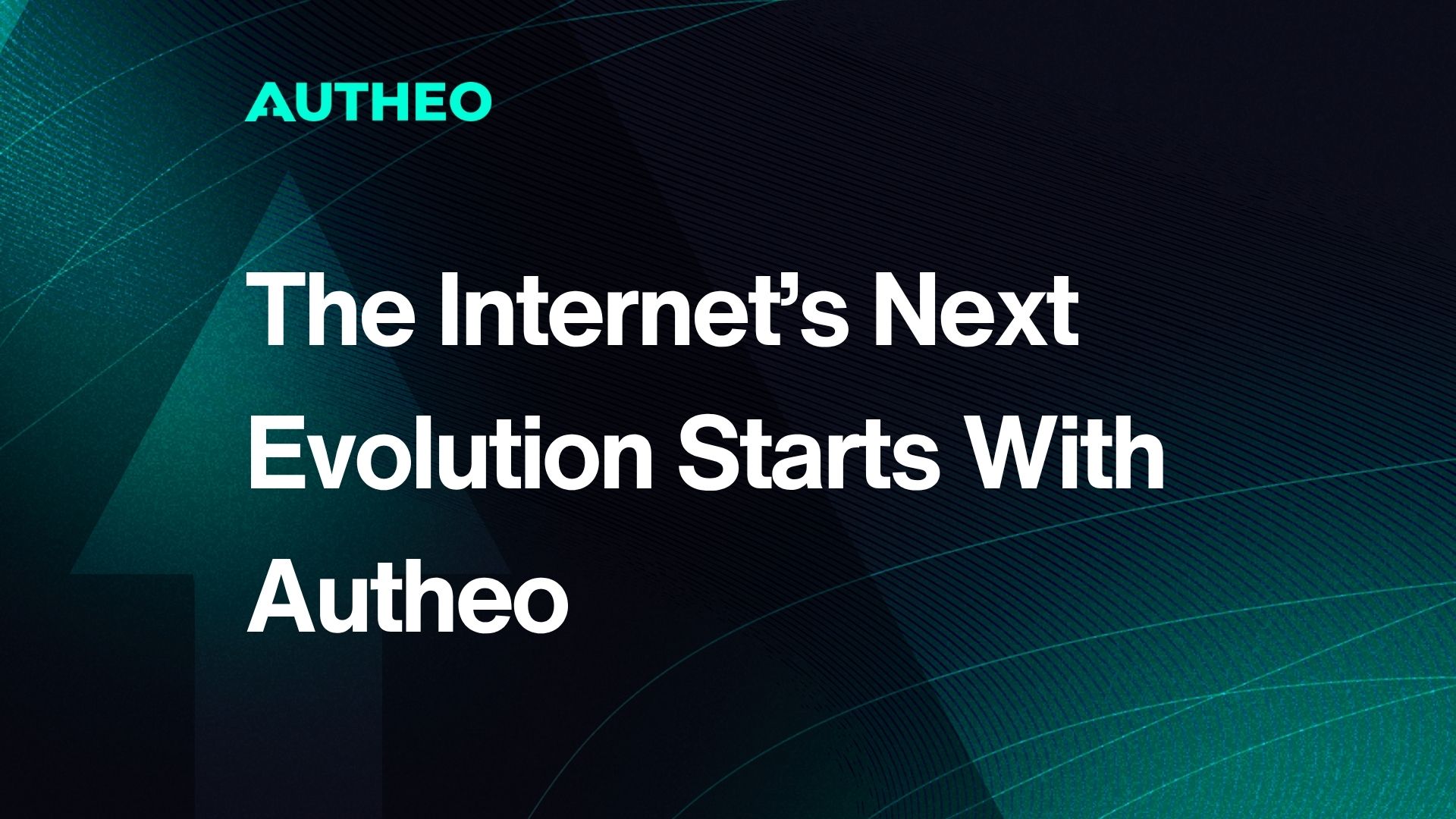
Introduction to Autheo: Building the Living Internet
The internet as we know it is being rebuilt. Not replaced but re-rooted.
What used to run on static servers and siloed systems is now evolving into something dynamic - an intelligent, adaptive organism that learns, grows, and rewards those who help it thrive.
We call it the Living Internet, and it’s what we’re building at Autheo.
Autheo is not just another blockchain. It’s a Living Operating System: a self-evolving digital foundation that connects enterprises, developers, and creators through an adaptive, AI-assisted infrastructure. We’re bridging Web2’s reliability with Web3’s intelligence, building a system that integrates, composes, and learns as it scales.
The Vision: From Infrastructure to Intelligence
Most blockchains validate transactions. Autheo validates intelligence.
Our architecture is powered by the Autheo Eigensphere Engine (AEE), a quantum-secure, cross-ecosystem runtime that merges consensus, compute, and AI orchestration into one modular framework.
Each node in this system doesn’t just verify data. It processes, learns, and adapts - turning raw computation into network intelligence.
This gives Autheo its distinctive nature: a blockchain that behaves less like a ledger and more like a neural network for enterprise coordination.
It’s how Autheo transforms passive infrastructure into an active, evolving ecosystem, one that becomes smarter with every participant who joins.
What Is Autheo
Autheo is a Layer 0 blockchain and operating system designed to unify infrastructure, identity, and intelligence, bridging the gap between today’s digital platforms and tomorrow’s decentralized web.
At its core, Autheo is built to make decentralization usable: practical enough for enterprises, composable enough for developers, and empowering enough for creators.
The Core Stack
Full-Stack SDKs – A single framework spanning frontend, backend, and smart contracts. No fragmented toolchains; just build, deploy, and evolve.
Core Infrastructure – Decentralized compute, storage, and messaging layers woven directly into the network.
DevHub – A native workspace for deploying and managing on-chain projects with AI-assisted orchestration.
Decentralized Identity (DID) – Quantum-secure authentication ensuring sovereignty for users and assets.
AI + Adaptive Orchestration – Machine learning models optimize validator health, routing, and performance.
Sovereign Chain Architecture – Cosmos SDK and full EVM compatibility for seamless composability across ecosystems.
Autheo’s design means no more patchwork bridges or siloed ecosystems. Instead, it offers one connected operating layer for the internet itself and built to evolve.
Validator Nodes: The Backbone of the Living Internet
While most blockchains treat validators as background infrastructure, Autheo sees them differently: as living participants in a growing intelligence network.
Validator nodes form the neural layer of the Living Internet. They secure transactions, yes, but they also help the network think, process, and adapt.
Powered by the AEE, each validator is more than a miner or staker; it’s a multi-service node that supports AI inference, data routing, and decentralized compute.
Validators embody Autheo’s philosophy: infrastructure that learns, not just runs.
They’re how we evolve from a chain of blocks to a system of minds — nodes that grow in value as the ecosystem matures.

Why Autheo Matters Now
Web3 is fragmented. Data, identity, and trust are scattered across countless blockchains that barely talk to each other.
Autheo was built to fix that fragmentation; not by adding another bridge, but by rebuilding the foundation itself.
Where most blockchains stop at consensus, Autheo begins with coordination.
Where others reward speculation, Autheo rewards participation and creation.
For creators, it means owning their digital economies end-to-end.
For developers, it means building across languages and chains with true interoperability.
For enterprises, it means operating with the security and intelligence of Web3 without abandoning the systems that already work.
As our ecosystem expands, Autheo becomes more than infrastructure. It becomes the intelligent substrate of a composable, enterprise-grade internet.
The Future We’re Building
Autheo’s journey didn’t start in a boardroom, but with a simple frustration: why does innovation fragment the very systems it’s meant to connect?
“We saw brilliant technologies everywhere but no common language,” Autheo’s co-founder Scott Bayless explained. “So we decided to build the translator, not another island.”
That translator became Autheo: a blockchain that connects rather than divides, integrating AI, compute, and identity into one interoperable framework.
For Scott, the mission is deeply personal.
“Autheo was born from two decades of seeing how centralized systems both empower and limit people. We wanted to design something that grows with its users; that becomes smarter, safer, and more sovereign the more people build on it.”
And that’s what we mean by a Living Operating System; one that evolves through participation.
Autheo isn’t just building a decentralized network. It’s cultivating a new layer of digital consciousness, where creators, developers, and enterprises co-create the next evolution of the web.
We’re not here to replace the old internet.
We’re here to help it grow up: to make it intelligent, resilient, and human-centered.
Own a node. Run intelligence. Help the Internet evolve.
Visit Autheo now to learn more.


